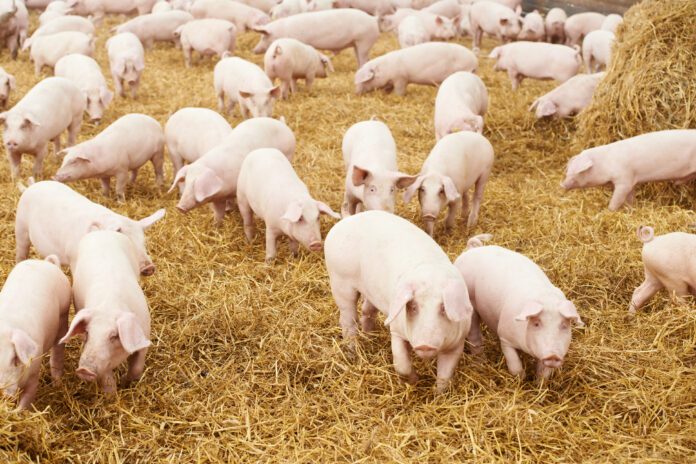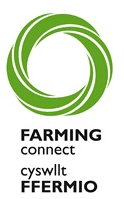Infestations of nuisance and biting flies at a Welsh pig unit have halved since beneficial insects were introduced as a method to control the fly lifecycle.
Predatory flies, which feed off insects like the common house fly, were released into the pig nursery and finisher rooms at Glynllifon College farm near Caernarfon as part of a Farming Connect study examining their effectiveness.
Reducing populations of flies, which carry diseases such as salmonella, pasteurella, campylobacter and E.coli, is a priority at the unit to safeguard pig health and to make the environment a comfortable one for staff to work in.
Flies also impact on herd productivity as when livestock are troubled by them, their feed intake is compromised.
Dafydd Owen, Pig Technical Officer at Farming Connect, who oversaw the project, said the house fly had been identified as the most common species in the unit.
These can complete their lifecycle in as little as seven days and, as just 15% of the total fly population is an adult at any one time, the problem can’t be controlled by simply killing these.
Mr Owen said that with pressure on agriculture to reduce insecticide use, the project sought to establish how predatory flies might offer an alternative.
Biofly, the predatory fly most commonly used in slatted pig units, was introduced after numbers of nuisance flies were surveyed on three separate occasions with the use of fly tape traps.
Biofly targets pest fly larvae, usually found in wet muck areas, such as underground slurry pits, said Emma Pattison, of biotechnology firm Bestico.
Its larvae are carnivorous predators which feed on the larvae of various pest fly species.
These flies don’t cause a nuisance to farm staff or animals as the adult inhabits the environment a few inches above the slurry, beneath the slats.
It begins laying eggs soon after it is released; these eggs develop into larvae, which feed on pest fly larvae.
At Glynllifon, sachets of Biofly each containing around 9,000 pupae were first introduced in August 2022.
During the first release, tubes of Biomite, an egg predator which targets a different phase in the nuisance fly’s life cycle, were also placed in the rooms due to the initial high fly populations.
There were four further releases over the following two months with fly tape again used to monitor pest fly numbers.
That survey, now published by Farming Connect, shows that the average reduction in fly numbers in the pig finisher and nursery rooms combined was 50%.
Unexpectedly, that reduction also occurred in the rooms where the Biofly had not been released, which suggests that Biofly had inhabited those areas too, said Miss Pattison.
The survey showed that pest fly numbers had reduced by 55% in the nursery rooms that were subject to the fly treatment and by 40% in the rooms where no Biofly had been used.
“It is unclear as to whether the Biofly was sufficiently contained within each room, but the data suggests that the Biofly has reduced the pest fly population throughout the whole of the building rather than just the treatment rooms,’’ said Miss Pattison.
There were other unexpected results, she added, with an 81% reduction in flies recorded on tapes in the finisher rooms where there had been no Biofly release and a 57% increase in fly numbers in the finisher rooms where it had been released.
The likely explanation is that the finisher rooms where the Biofly had been released had a very low fly challenge beforehand with an average of only 17 flies recorded in each room – compared to 60 in the finisher rooms where no Biofly was released.
Herdsman Eddie Spooner said the reduction in fly numbers had greatly improved his working environment.
Using a control method that doesn’t rely on an insecticide makes sense, he added.
“Had I not seen with my own eyes how effective this is I might have taken some convincing but the difference in fly numbers was really incredible,’’ said Mr Spooner.
Farming Connect is delivered by Menter a Busnes and Lantra Wales and funded by the Welsh Government and the European Agricultural Fund for Rural Development.
Help keep news FREE for our readers
Supporting your local community newspaper/online news outlet is crucial now more than ever. If you believe in independent journalism, then consider making a valuable contribution by making a one-time or monthly donation. We operate in rural areas where providing unbiased news can be challenging. Read More About Supporting The West Wales Chronicle






















